Start a V6 session.
Before the logon panel is displayed, the Graphics Optimizer tests the computer performance and checks that the functionality is
available and works correctly.
During this testing phase, a window is displayed to
give information on the progression:
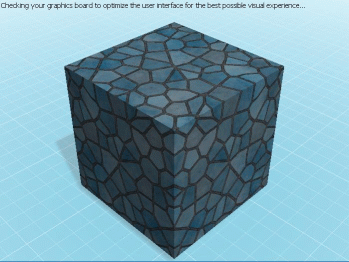
Open the object of your choice or, if you have already opened
an object, skip this step.
Click any part of the object to
highlight it.
If the glow and transparency
effect for the highlight has been removed, the result is as follows:
| With Graphics Optimizer |
Without Graphics Optimizer |
|---|
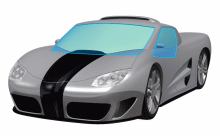
|
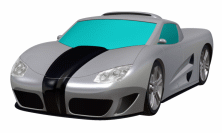
|
The impact on highlight is identical in all V6 windows (i.e. Navigation
windows and Authoring windows).
Select , for instance.
Depending on your computer
performance, the mirror effect, the shadows and the sky might be
removed.
Below is an example where the shadow has been removed:
| Without Graphics Optimizer |
With Graphics Optimizer |
|---|
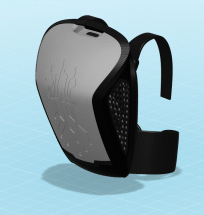
|
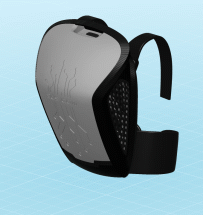
|
Select
The user interface lets you customize the optimization level:
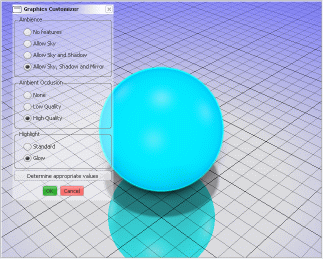
In the Graphics Optimizer dialog box, activate the appropriate options for ambiences, ambient occlusion and highlight.
The preview is updated accordingly.
For instance, if you activate Allow Sky and Shadow and None, the ambient occlusion and the mirror effect disappear:
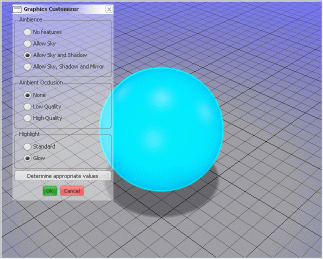
And the result is as follows with the Dark Mirror ambience, for instance:
| Without Graphics Optimizer |
With Graphics Optimizer |
|---|
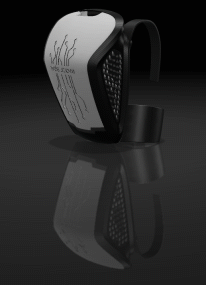
|
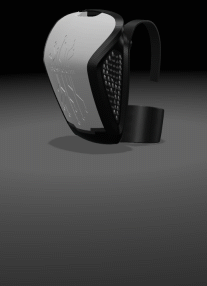
|
Click OK to validate.
The activated options are applied.
Optional: Click Determine appropriate values to run a new performance test in session.
The impacts
depend on the computer performance at the time the command is
run: if no V6 window is open, the performance is
higher than when several V6 windows plus external
applications are open.
The higher the computer performance,
the less impacted the visualization commands.